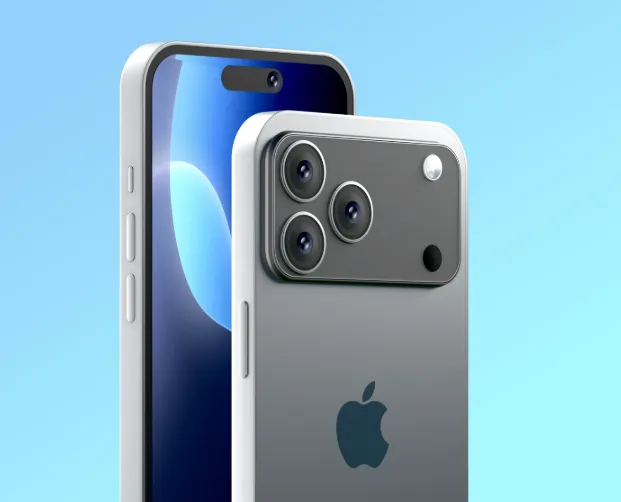With the iPhone 17 lineup set to be unveiled on September 9, questions have surfaced about whether U.S. tariffs could drive prices higher. According to analysts at JP Morgan, Apple is unlikely to pass those costs on to consumers. Thanks to exemptions and long-term supply chain planning, the company is expected to keep most models at familiar price points.
A Possible Shift for the Pro Model
While the majority of the lineup should mirror last year’s pricing, the iPhone 17 Pro may see a slight adjustment. Rumors suggest Apple will increase the starting storage from 128GB to 256GB, which could push the base price from $999 to $1,099. This change would align the Pro with last year’s higher-capacity pricing, making the increase less of a surprise for buyers.
iPhone 17 Air Targeting Wider Adoption
Apple is also introducing the iPhone 17 Air, which will replace the outgoing iPhone 16 Plus. Most industry watchers expect it to fall between $899 and $949. However, JP Morgan believes Apple could go lower, positioning it closer to $800. That pricing strategy would make the Air eligible for subsidies in China, where government incentives apply to devices under ¥6,000 (about $840). Such a move could help Apple strengthen its foothold in one of its most important markets.
Pricing Stability as a Strategy
Despite ongoing trade tensions, Apple’s approach to pricing appears designed to avoid disruption. The standard iPhone 17 and the larger Pro Max are likely to maintain current levels, reinforcing customer confidence. While the Pro may see a modest bump due to its storage upgrade, the broader strategy shows Apple’s intent to balance competitiveness with profitability.
